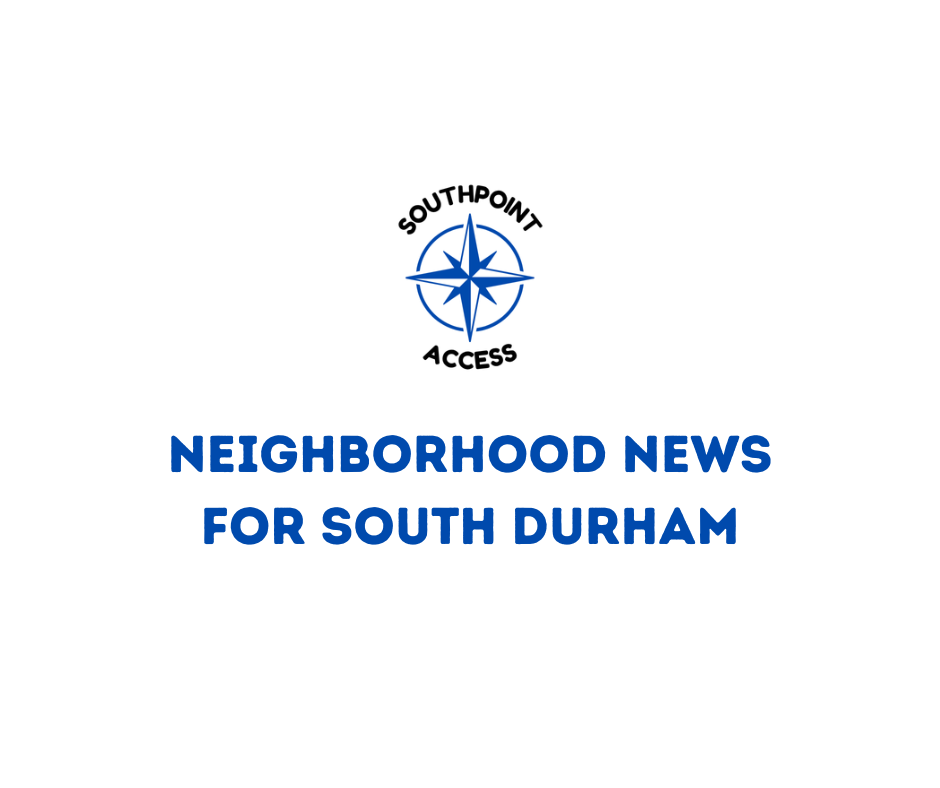Durham Council to Consider Ellis Road Townhouse Plan

Lynley Townhouses, a 102-unit project along Ellis and Clinton Roads in southeastern Durham, faced rejection from the Durham Planning Commission in August.
On Nov. 4, it goes to the City Council for a public hearing related to Farasat Syed’s request to rezone more than 12 acres of land currently set as residential rural to planned development residential. If approved, the site would see a density of more than eight units per acre.
Of the 102 units proposed, as many as five would be designated as affordable housing for households earning 80% of the AMI (area median income). Planners note that although the property is within five miles of various services, “the area is predominantly auto-dependent due to a lack of pedestrian and bicycle infrastructure, with the exception of transit stops within approximately a mile away.”
The proposal wouldn’t add any new bicycle infrastructure, but it would contribute $6,000 to Durham Public Schools. That’s not nearly enough, according to some planning board members.
In documents provided to the City Council, members of the Planning Commission had the opportunity to explain their votes in written comments.
Sarah Chagaris, the planning board’s vice chairperson, voted yes – but tentatively – saying “more research as pertains to the different reports on the environmental nature of this property needs to be addressed,” along with community engagement, traffic concerns, and affordable housing.
Member Garry Cutright voted no, citing “a lack of effort related to engaging the community or finding ways to increase affordability.”
Member Zack Czajkowski voted no due to “meaningful community concerns that must be addressed before this plan moves forward.”
The lack of outreach in the community also bothered board member Malcolm Gregory.
“The developer’s assertion that the location is ideal for in-fill development based on its proximity to (Research Triangle Park) rings true, but again, this proposal appears to be too dense for the site,” Gregory wrote. “Additionally, satellite imagery depicts a surface water feature in the (southwest) corner of the parcel which was not referenced and presumably plays an important natural role in managing stormwater/flooding in the area.”
He concluded by writing: “There are certainly social and environmentally responsible ways to develop this site that adhere to the goals of in-filling in the comp plan, but this project does not represent that kind of approach.”
Board member Matt Kopac voted for the project, but shared concerns raised by neighbors about traffic and congestion, as well as other environmental issues.
“Without knowing more about wildlife corridor plans for this area of Durham, it should be an area of study for the city, based on maps and a visit to the area,” Kopac wrote. He also urged the City Council to seek a higher proffer amount for the school district.
Member Kari Wouk criticized the lack of community engagement, the proposed contribution to DPS, and the amount of affordable housing.
“Applicants should do more than the bare minimum when planning these projects to ensure the community’s concerns are addressed,” Wouk wrote. “The community brought up environmental concerns, as well as how a project like this can affect generational wealth accrued in this area of single-family homes. The area is auto-dependent, with no nearby transit or green infrastructure proposed.”




![[SoDu Alert] Durham Public Schools Closed Dec. 8 Due to Weather](/content/images/size/w600/2025/12/icyweather128.png)
![[WordroW] Candidate Calling](/content/images/size/w600/2025/12/wordrow1.png)
